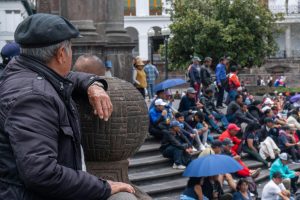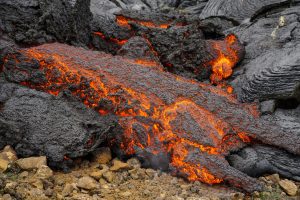Virtual Field Trips: Bringing Ancient Civilizations to Life With VR
The traditional way of learning about different civilizations and cultures involves reading history books and looking at static images. However, with the advancements in technology, there is now a more interactive and immersive approach to learning about ancient civilizations: Virtual Field Trips using virtual reality (VR). Through this modern educational tool, students can experience and explore these ancient cultures in a whole new way – as if they were actually there. In this article, we will explore the world of Virtual Field Trips and how they are bringing ancient civilizations to life with VR technology.
What Are Virtual Field Trips?
Virtual Field Trips are simulated excursions to real or imaginary places using advanced technology. This allows users to experience and interact with the environment in a realistic way. Through VR technology, students can be transported to different places, bringing the subject matter to life and providing a hands-on learning experience.
This innovative method of learning has gained popularity in recent years as it provides a more engaging and interactive learning experience compared to traditional methods. With Virtual Field Trips, students are not just passive observers, but active participants in their learning journey.
How Do Virtual Field Trips Work?
Virtual Field Trips use VR technology to create realistic and immersive environments. This technology typically involves the use of a VR headset, hand controllers, and a VR app or software. The VR headset provides a 360-degree view of the virtual environment, while the hand controllers enable users to interact with objects, navigate the environment, and engage with the content.
Some Virtual Field Trips also incorporate other sensory elements, such as 3D sound, to further enhance the experience. This allows users to fully immerse themselves in the virtual world, making it feel like a real-life experience.
Bringing Ancient Civilizations to Life With VR
One of the many exciting applications of Virtual Field Trips is in the field of history and social studies. By using VR technology, students can be transported back in time to experience ancient civilizations and cultures firsthand. They can explore these civilizations and interact with their customs, buildings, artifacts, and more.
For example, students can visit the ancient city of Pompeii and witness the devastation caused by the eruption of Mount Vesuvius in 79 AD. They can walk through the streets, visit the houses, and even experience the eruption itself in a safe and controlled environment.
Hands-On Learning Experience
The hands-on learning experience provided by Virtual Field Trips is what sets it apart from traditional methods. Instead of just reading about ancient civilizations, students can actively engage with the content, making it more memorable and meaningful. For example, they can participate in a virtual excavation, explore tombs, or even dress up in traditional clothing.
Not only does this make learning more fun, but it also allows students to better understand the subject matter and retain the information. It also fosters critical thinking skills as they analyze and make observations in the virtual environment.
Access and Inclusivity
Another benefit of Virtual Field Trips is that it provides access to places and experiences that may otherwise be inaccessible to some students. For example, a student with physical disabilities may find it challenging to go on a traditional field trip, but can easily participate in a Virtual Field Trip.
This technology also promotes inclusivity as it allows students from different backgrounds and locations to have the same learning experience. This levels the playing field and provides equal opportunities for all students.
The Future of Learning
Virtual Field Trips are revolutionizing the way we learn about ancient civilizations and other subjects. It provides a dynamic, interactive, and engaging learning experience that is unmatched by traditional methods.
This technology also has the potential to expand into other areas, such as science, geography, and even literature. Imagine being able to explore the planets in our solar system or walk through the settings of a Shakespearean play through VR technology.
As VR technology continues to develop and become more accessible, the possibilities for Virtual Field Trips are endless. It has the potential to change the way we learn and educate future generations.
Conclusion
In conclusion, Virtual Field Trips are a game-changer in the field of education. With their ability to bring ancient civilizations to life with VR technology, students are provided with an immersive and hands-on learning experience that makes history come alive. It promotes inclusivity, critical thinking, and expands the limits of traditional learning. Virtual Field Trips are not just a tool for education, but a gateway to new and exciting learning experiences.











